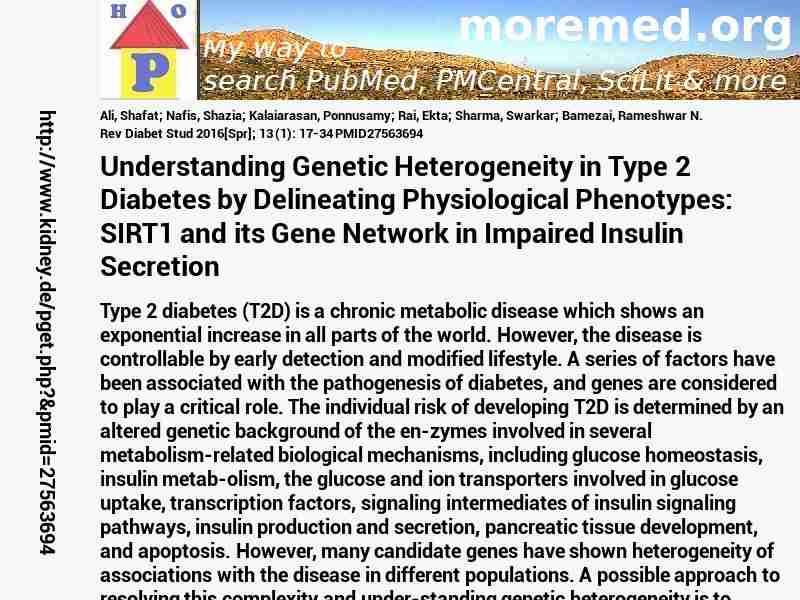
|
10.1900/RDS.2016.13.17
http://scihub22266oqcxt.onion/10.1900/RDS.2016.13.17

C5291180!5291180!27563694
 free free
 free free
 free free
Warning: file_get_contents(https://eutils.ncbi.nlm.nih.gov/entrez/eutils/elink.fcgi?dbfrom=pubmed&id=27563694&cmd=llinks): Failed to open stream: HTTP request failed! HTTP/1.1 429 Too Many Requests
in C:\Inetpub\vhosts\kidney.de\httpdocs\pget.php on line 215
|  
Deprecated: Implicit conversion from float 209.6 to int loses precision in C:\Inetpub\vhosts\kidney.de\httpdocs\pget.php on line 534
Deprecated: Implicit conversion from float 209.6 to int loses precision in C:\Inetpub\vhosts\kidney.de\httpdocs\pget.php on line 534
Deprecated: Implicit conversion from float 209.6 to int loses precision in C:\Inetpub\vhosts\kidney.de\httpdocs\pget.php on line 534
Deprecated: Implicit conversion from float 209.6 to int loses precision in C:\Inetpub\vhosts\kidney.de\httpdocs\pget.php on line 534
Deprecated: Implicit conversion from float 209.6 to int loses precision in C:\Inetpub\vhosts\kidney.de\httpdocs\pget.php on line 534
Deprecated: Implicit conversion from float 243.2 to int loses precision in C:\Inetpub\vhosts\kidney.de\httpdocs\pget.php on line 534
Deprecated: Implicit conversion from float 243.2 to int loses precision in C:\Inetpub\vhosts\kidney.de\httpdocs\pget.php on line 534
Deprecated: Implicit conversion from float 243.2 to int loses precision in C:\Inetpub\vhosts\kidney.de\httpdocs\pget.php on line 534
Deprecated: Implicit conversion from float 243.2 to int loses precision in C:\Inetpub\vhosts\kidney.de\httpdocs\pget.php on line 534
Deprecated: Implicit conversion from float 243.2 to int loses precision in C:\Inetpub\vhosts\kidney.de\httpdocs\pget.php on line 534
Deprecated: Implicit conversion from float 243.2 to int loses precision in C:\Inetpub\vhosts\kidney.de\httpdocs\pget.php on line 534
Deprecated: Implicit conversion from float 243.2 to int loses precision in C:\Inetpub\vhosts\kidney.de\httpdocs\pget.php on line 534
Deprecated: Implicit conversion from float 243.2 to int loses precision in C:\Inetpub\vhosts\kidney.de\httpdocs\pget.php on line 534
Deprecated: Implicit conversion from float 276.79999999999995 to int loses precision in C:\Inetpub\vhosts\kidney.de\httpdocs\pget.php on line 534
Warning: imagejpeg(C:\Inetpub\vhosts\kidney.de\httpdocs\phplern\27563694.jpg): Failed to open stream: No such file or directory in C:\Inetpub\vhosts\kidney.de\httpdocs\pget.php on line 117
 Rev+Diabet+Stud 2016 ; 13 (1): 17-34 Rev+Diabet+Stud 2016 ; 13 (1): 17-34
Nephropedia Template TP
gab.com Text
Twit Text FOAVip
Twit Text #
English Wikipedia
|
Understanding Genetic Heterogeneity in Type 2 Diabetes by Delineating Physiological Phenotypes: SIRT1 and its Gene Network in Impaired Insulin Secretion #MMPMID27563694Ali S; Nafis S; Kalaiarasan P; Rai E; Sharma S; Bamezai RNRev Diabet Stud 2016[Spr]; 13 (1): 17-34 PMID27563694show ga
Type 2 diabetes (T2D) is a chronic metabolic disease which shows an exponential increase in all parts of the world. However, the disease is controllable by early detection and modified lifestyle. A series of factors have been associated with the pathogenesis of diabetes, and genes are considered to play a critical role. The individual risk of developing T2D is determined by an altered genetic background of the en-zymes involved in several metabolism-related biological mechanisms, including glucose homeostasis, insulin metab-olism, the glucose and ion transporters involved in glucose uptake, transcription factors, signaling intermediates of insulin signaling pathways, insulin production and secretion, pancreatic tissue development, and apoptosis. However, many candidate genes have shown heterogeneity of associations with the disease in different populations. A possible approach to resolving this complexity and under-standing genetic heterogeneity is to delineate the physiological phenotypes one by one as studying them in combination may cause discrepancies in association studies. A systems biology approach involving regulatory proteins, transcription factors, and microRNAs is one way to understand and identify key factors in complex diseases such as T2D. Our earlier studies have screened more than 100 single nucleotide polymorphisms (SNPs) belonging to more than 60 globally known T2D candidate genes in the Indian population. We observed that genes invariably involved in the activity of pancreatic ?-cells provide susceptibility to type 2 diabetes (T2D). Encouraged by these results, we attempted to delineate in this review one of the commonest physiological phenotypes in T2D, namely impaired insulin secretion, as the cause of hyperglycemia. This review is also intended to explain the genetic basis of the pathophysiology of insulin secretion in the context of variations in the SIRT1 gene, a major switch that modulates insulin secretion, and a set of other genes such as HHEX, PGC-?, TCF7L2, UCP2, and ND3 which were found to be in association with T2D. The review aims to look at the genotypic and transcriptional regulatory relationships with the disease phenotype.�
  
DeepDyve
Pubget Overpricing | 
|